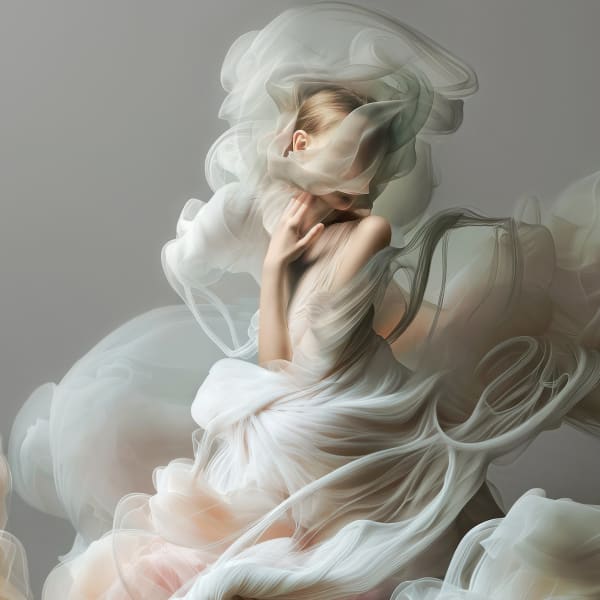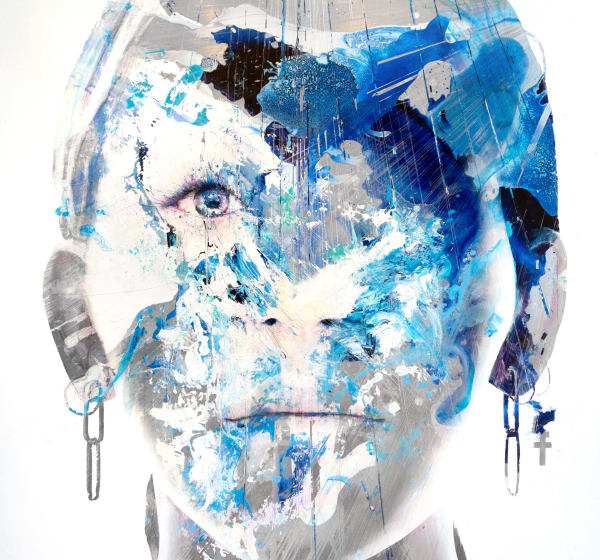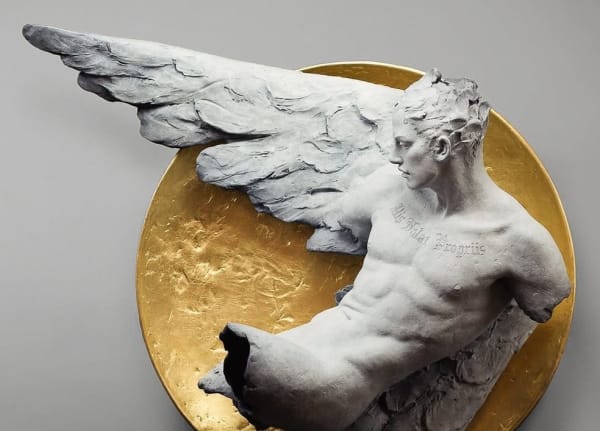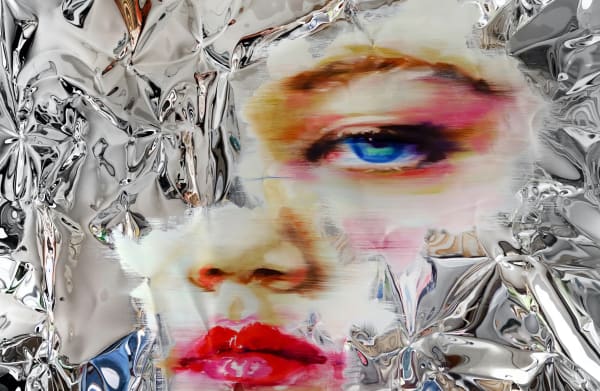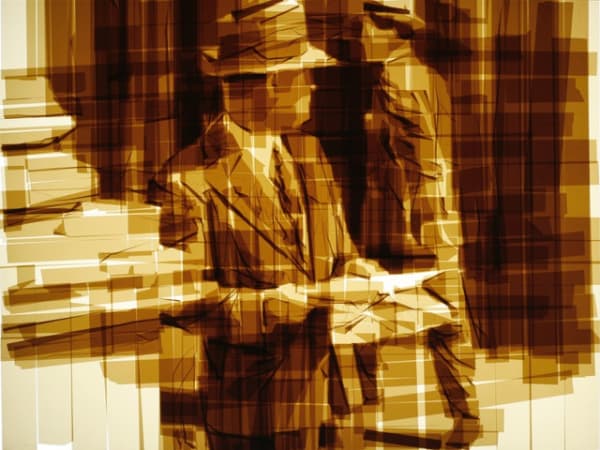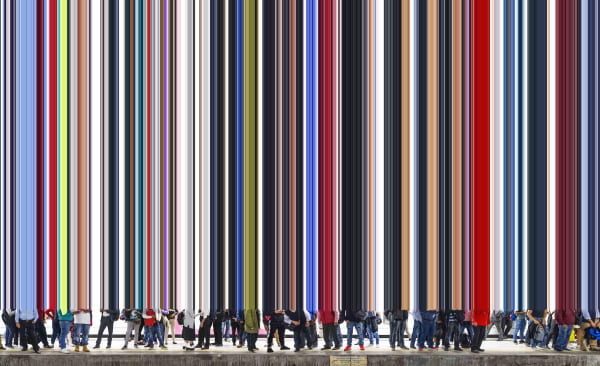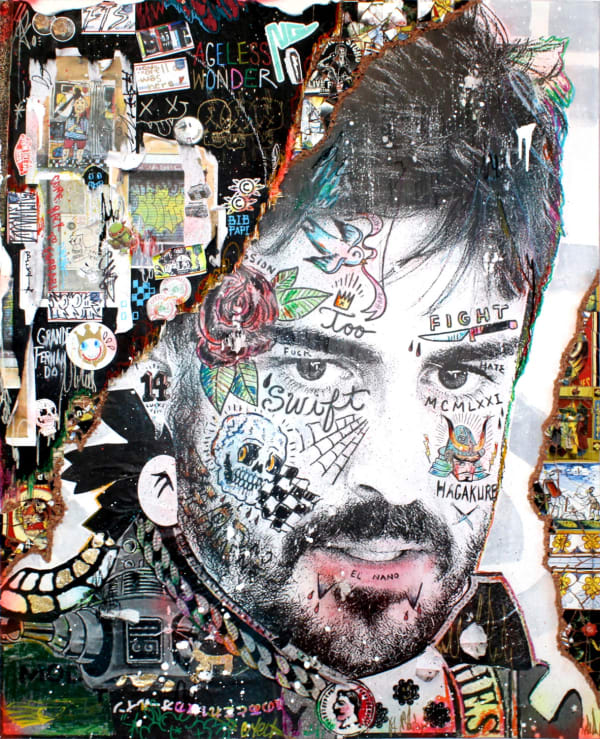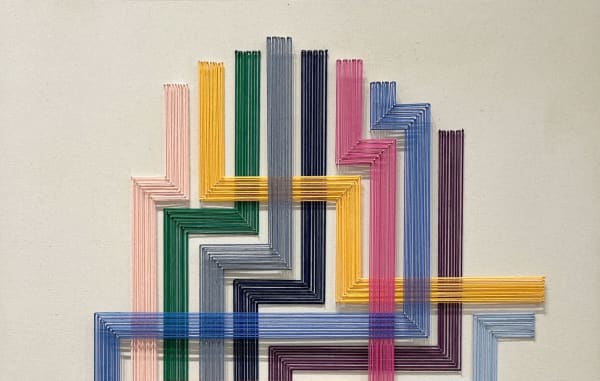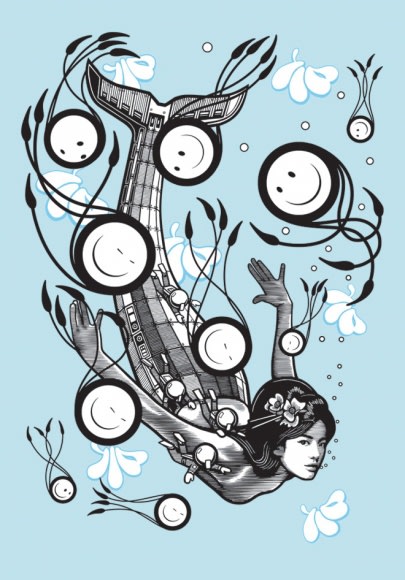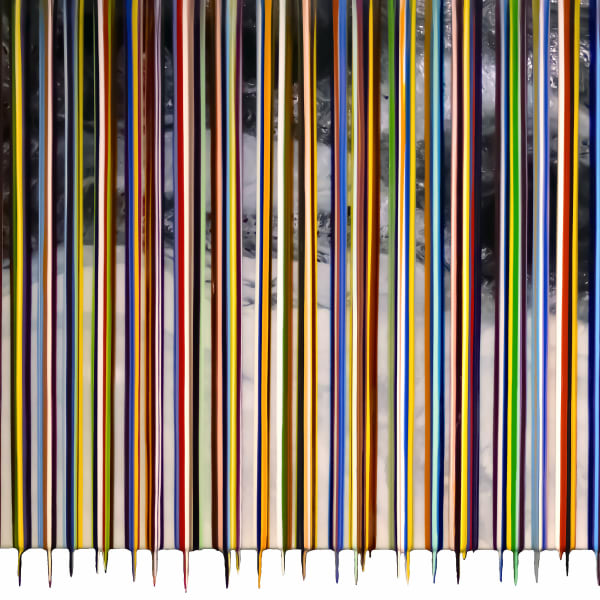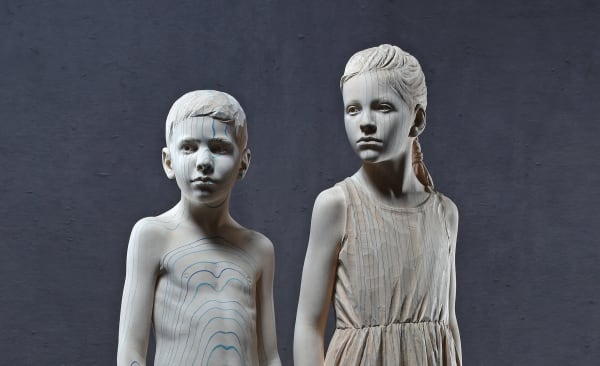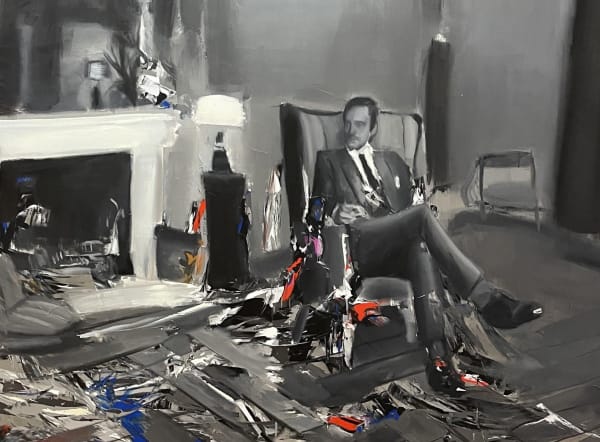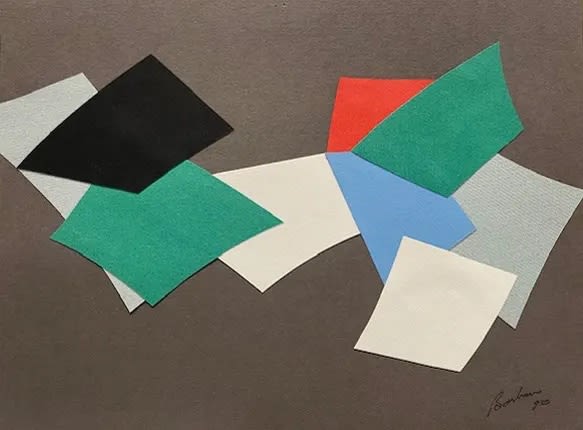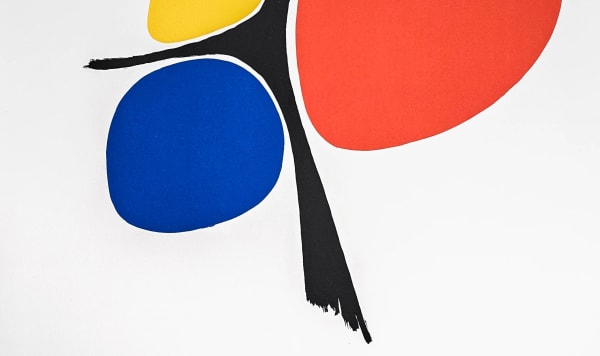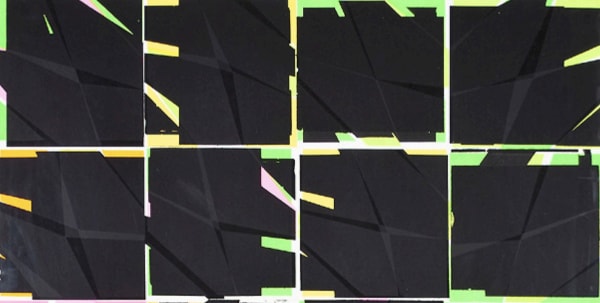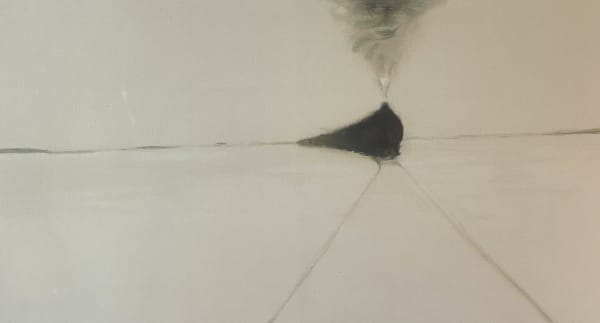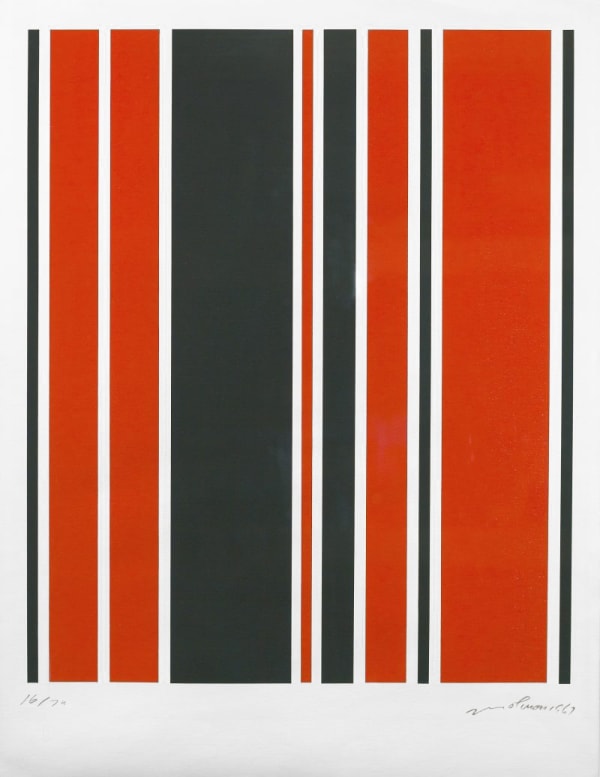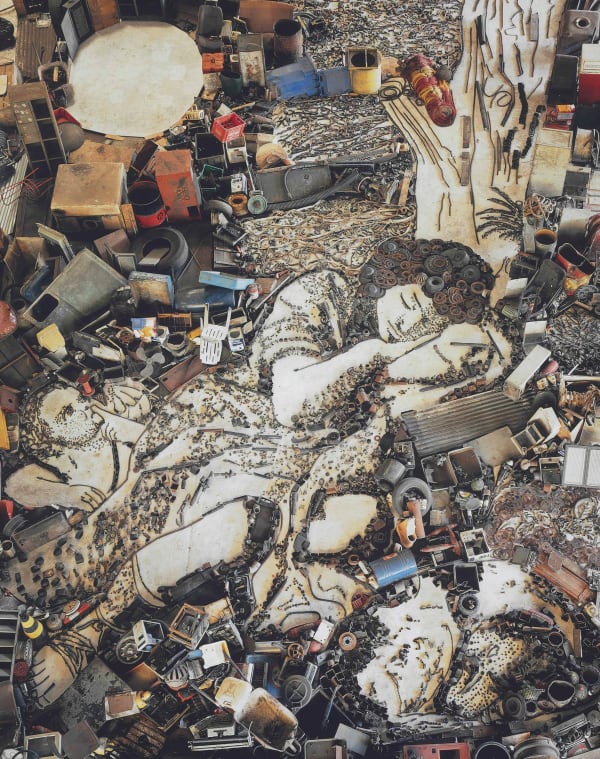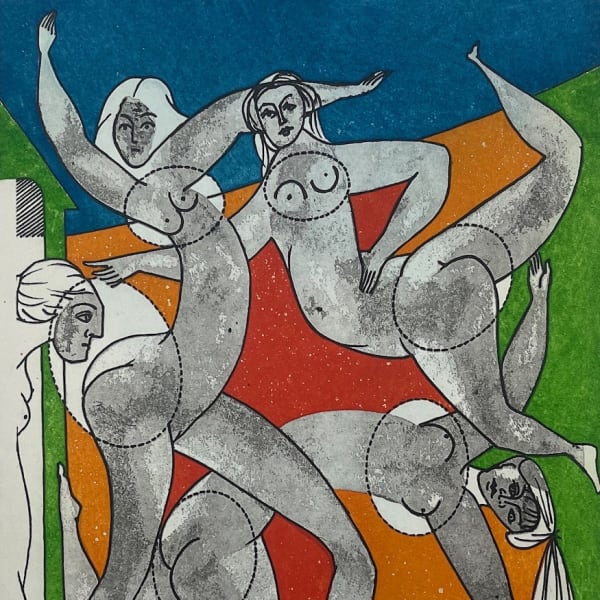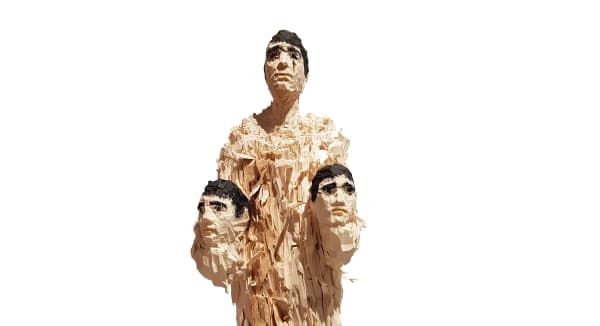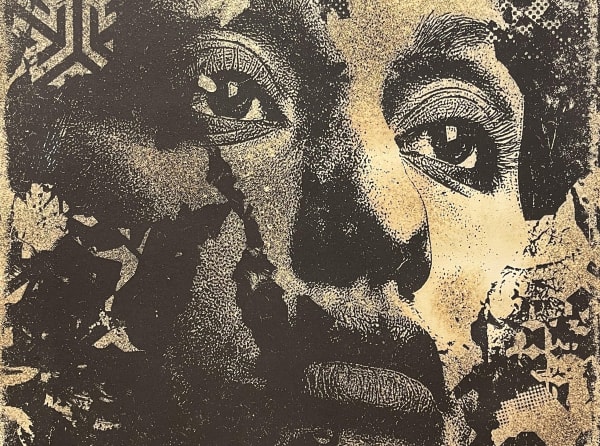-

Ole Aakjær
-

Ado
-

Ali Alışır
-

Dan Alva
-

Philip Barlow
-

Yulia Bas
-

Yoakim Bélanger
-

Dominic Besner
-

Léo Caillard
-

Jose Luis Ceña
-

Coderch & Malavia
-

The Connor Brothers
-

CSRK
-

Joe Curtis
-

John Paul Fauves
-

Dominique Fortin
-

Marco Grassi
-

Eser Gündüz
-

Stev'nn Hall
-

Martin C. Herbst
-

Zhuang Hong-Yi
-

Mark Khaisman
-

Maya Kulenovic
-

Éric Lapointe
-

Felipe Lavin
-

Max Leiva
-

Alesandro Ljubicic
-

Lu Luo
-

Rogelio Manzo
-

David Moreno
-

Hom Nguyen
-

Laura Nieto
-

Yann Normand
-

Abe Ogunlende
-

Alessandro Paglia
-

Stikki Peaches
-

Valentin Elias Renner
-

Martin Rondeau
-

Marie-Josée Roy
-

Mária Švarbová
-

Annemarie Terlage
-

The London Police
-

Rock Therrien
-

Fabián Ugalde
-

Francisco Valverde
-

James Verbicky
-

Christian Verginer
-

Matthias Verginer
-

Willy Verginer
-

Paul Villinski
-

Joe Wardwell
-

Taner Yılmaz
-

Ognian Zekoff
-

Arman
-

Marcel Barbeau
-

Abel Bentin
-

Suzanne Bergeron
-

Alexander Calder
-

Tim Conlon
-

D*Face
-

Anke Eilergerhard
-

Shepard Fairey
-

Thrush Holmes
-

Zhang Huan
-

Jacques Hurtubise
-

Robert Indiana
-

JR
-

Saskia van Kampen
-

Jean-Paul Lemieux
-

Rita Letendre
-

Guido Molinari
-

Vik Muniz
-

Felipe Pantone
-

Philippe Pasqua
-

Alfred Pellan
-

Pablo Picasso
-

Claude Picher
-

Jaume Plensa
-

Marc Quinn
-

Edvardas Racevičius
-

Jean Paul Riopelle
-

Ed Ruscha
-

Marc Séguin
-

Claude Tousignant
-

Vhils



